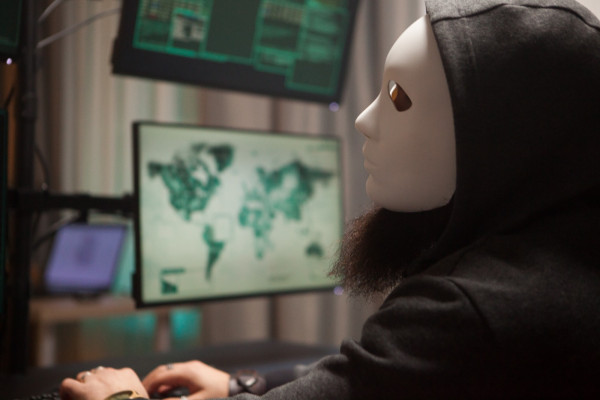21st-century healthcare cannot work to its absolute best unless there is a significant technological intervention. Among the several advancements currently being witnessed in the healthcare sector, the paradigm shift toward remote patient monitoring (RPM) is nothing short of revolutionary. The seismic changes ushered in by the COVID-19 pandemic have propelled the technological marvel of remote monitoring in healthcare into mainstream services, challenging traditional norms and fostering a new era of patient-centric, cost-effective care.
The Evolution of Remote Monitoring
Remote patient monitoring , as defined by the latest advances in information technology, has transcended its humble beginnings. From landline home telephone calls to the latest wireless devices, the journey has been transformative. Initially rooted in medicine, its applications now extend to orthopedics and chronic health conditions. The monitoring spectrum encompasses an array of vital signs—from weight and lung capacity to blood pressure and glucose levels.
In the realm of chronic conditions, the success story of virtual wards is particularly illuminating. Patients, especially those with cystic fibrosis, were seamlessly transitioned from physical wards to “virtual wards,” monitored in real-time by healthcare providers. This not only saved lives but also liberated hospital resources and clinicians’ time, highlighting the potential of RPM to revolutionize healthcare delivery. (Source: ResearchGate)
The Rise of Mobile-Enabled RPM (mRPM)
Enter the era of mobile-enabled RPM, a revolution in remote monitoring in healthcare. Noteworthy for its efficiency and cost-effectiveness, mRPM utilizes patient-friendly mobile apps that prompt users to input critical health data. This instantaneous exchange between doctors and patients not only streamlines communication but also enhances the overall patient experience.
While RPM was gaining traction pre-pandemic, the global health crisis has undeniably thrust it into the forefront. McKinsey & Co. estimates a potential virtualization of about $250 billion in healthcare spending, showcasing the staying power of virtual care even beyond the pandemic’s resolution. Remote monitoring, coupled with AI, not only reduces errors but also bridges the communication gap between doctors and patients, as highlighted by The Hospitalist.
A Glimpse into the Future
The American Medical Association sheds light on the grim reality of chronic health conditions being responsible for a significant portion of global deaths. However, there’s a silver lining— the global RPM market is poised to reach a staggering $41.7 billion by 2028, as per a report by MarketsandMarkets (Source).
As healthcare devices become more prevalent, and patients become increasingly willing to share data, the integration of data analysis, AI, and machine learning will automate routine tasks, allowing frontline heroes to focus on what matters most.
The Digital Symphony of RPM: A Kaleidoscope of Possibilities
According to estimates, 30 million Americans will embrace RPM devices by 2024, heralding a new era of patient empowerment. The global RPM market’s projected $1.7 billion valuation by 2027 underscores the transformative potential of remote monitoring in healthcare. What began with portable blood pressure devices has evolved into a digital symphony of healthcare tools touching every medical specialty.
Continuous glucose monitoring (CGM) systems have paved the way for patients to take control of their health, eliminating the need for daily finger pricks. Beyond glucose monitoring, smartwatches with ECG sensors and electronic skin patches with wireless transmitters are becoming instrumental in monitoring vital signs, arrhythmias, and wound care.
Bluetooth technology further amplifies the RPM revolution, exemplified by sensors on medication inhalers, enhancing asthma and COPD management.
Beyond the Horizon: RPM Unleashed
Advances in neurology showcase RPM’s versatility, extending its reach to Parkinson’s Disease assessment. Smartwatches programmed to evaluate and monitor motor functioning provide valuable data for clinicians, aiding in disease severity assessment and medication response.
In a testament to futuristic possibilities, an experiment at the University of Padua hints at patients steering their wheelchairs with their thoughts. With brain/machine interfaces recording neural activity, participants successfully navigated a cluttered room with the aid of sensors and robotic intelligence.
While today’s RPM devices might not grant users the capabilities of the fictional Six Million Dollar Man, they undeniably offer tangible benefits across diverse patient demographics.
Navigating the Digital Frontier of Healthcare
As the healthcare landscape undergoes a profound digital transformation, remote monitoring in healthcare, particularly remote patient monitoring, stands as a beacon of innovation. The amalgamation of technology and healthcare not only ensures better patient outcomes but also reshapes the very essence of healthcare delivery.
At STL Digital, we are helping healthcare enterprises transform their healthcare solutions with the help of modern technologies like RPM, powered by AI and ML. With the promise of increased accessibility, cost-efficiency, and patient empowerment, the future of remote monitoring in healthcare is poised to redefine the standard of care, one digital heartbeat at a time.



